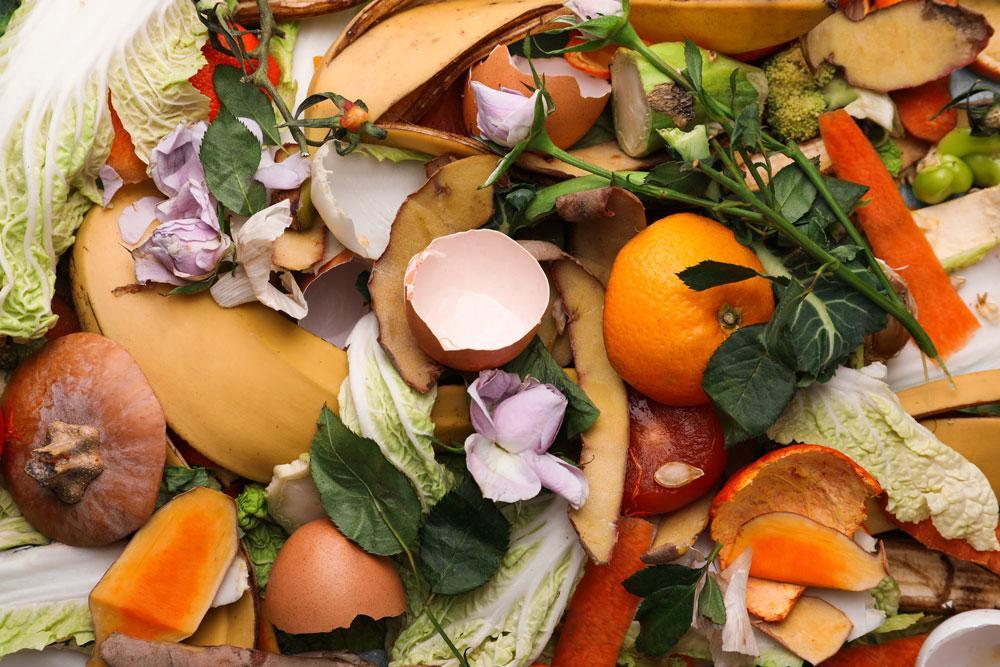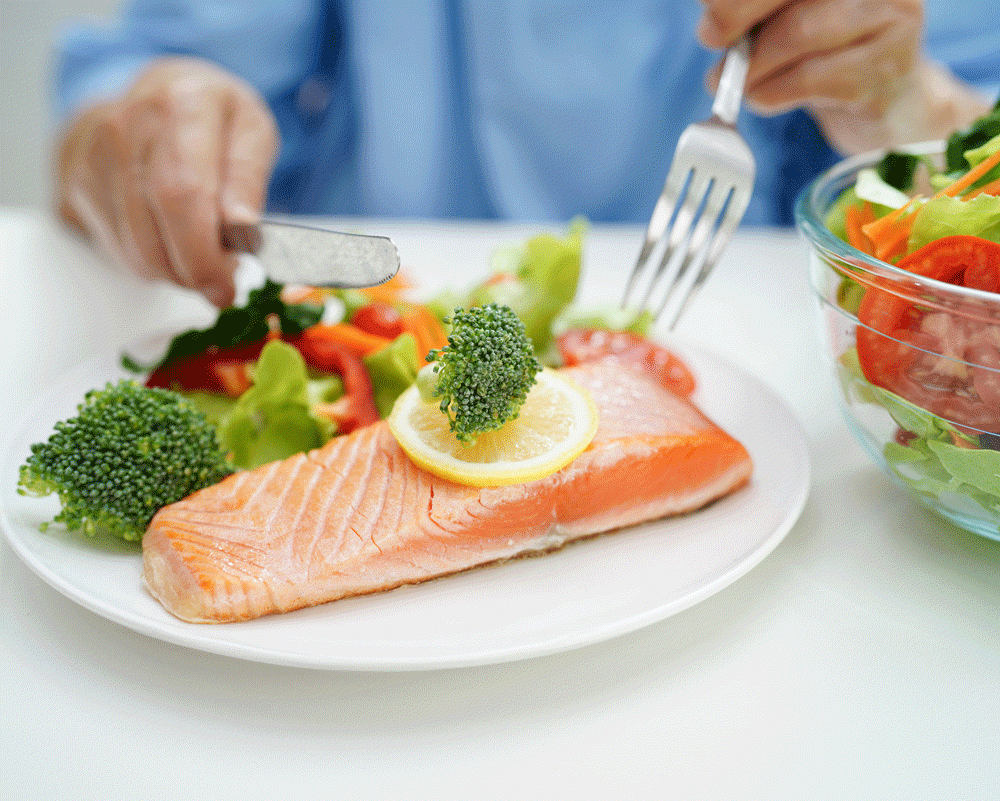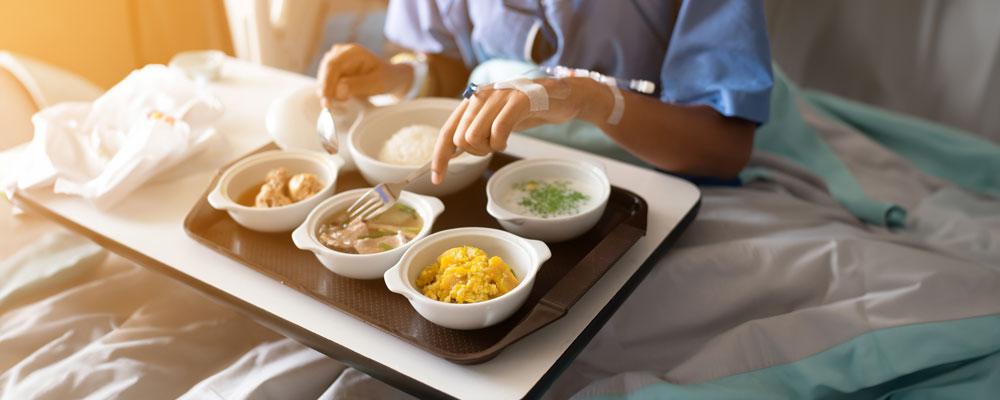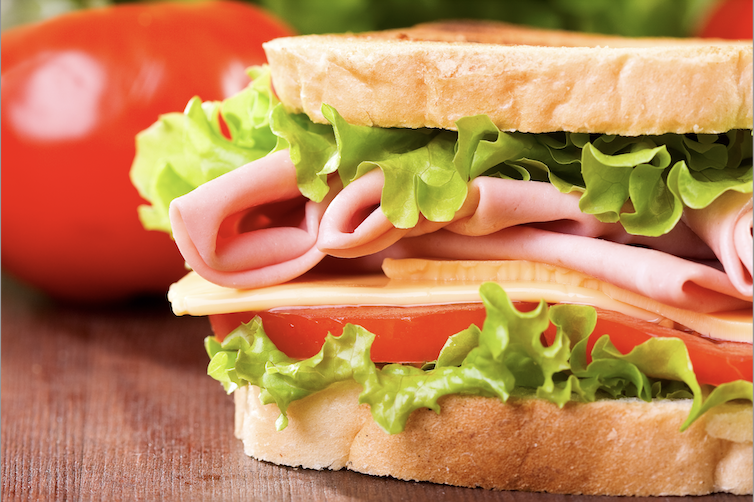NHS England’s CQUIN 1B guidance is designed to help caterers promote the health and well-being of NHS staff, visitors and patients. But, with various iterations of the guidelines being announced over the last few years, it’s perhaps not surprising that many find them daunting and confusing, says David King
CQUIN 1B is the biggest change to have hit hospital catering for decades. It is all about the overall stance the NHS takes on healthy eating and the role of food within hospitals. The recent updates to guidelines for 2017-19 push the focus to a new level with even more specific recommendations that limit the promotion and advertising of food and drink products that are high in fat, salt and sugar. These products are often some of the top sellers within a hospital’s retail offer, meaning we need to support operators to shift customer preference and loyalty.
Industry reaction
NHS premises in England serve around one million patients a day, as well as staff (with almost 54 per cent thought to be overweight or obese). CQUIN 1B symbolises a step change approach. For the first time, the NHS is actively focussing on driving key health messages through its retail outlets rather than making money on products that could promote an unhealthy lifestyle. With retail outlets and canteens acting as key profit generators for NHS trusts, any alteration to the products that can be sold and promoted has the potential to impact markedly on their success.
Consequently, when the guidelines were first introduced there was a lot of uncertainty. They are a massive transformation of the status quo and naturally there was concern around how difficult it would be to comply. As time has gone by, and the guidance has become more prescriptive, operators have become more open to the potential for positive change and the chance to showcase an offer that fully reflects the modern vision of the NHS. In fact, we’ve seen many of our customers really embracing the opportunity to align their offer more with consumer trends for healthier eating and drinking.
What does it mean in practice?
That said, CQUIN 1B does provide its challenges. Caterers are now responsible for everything from sourcing and promoting compliant products to tracking and submitting their records to benefit from the funding available to NHS trusts. That’s where our role comes in. As a leading foodservice provider, we’ve invested significantly in upskilling our account managers to fully understand the guidance and share their expertise with our customers.
We have developed a dedicated Guide to CQUIN 1B 17/19’ which not only provides an at-a-glance understanding of the guidelines but also includes suggestions for how operators can suitably tailor and audit their range without compromising on its customer appeal. Even more invaluable is our free reporting tool which enables Bidfood customers to quickly and easily analyse their product range. A traffic light coding system shows which of their chosen products is compliant and it generates reports which can be submitted as part of the CQUIN tracking process.
What the future holds
While the guidelines provide a stepped approach to adapting the way hospital caterers sell and promote food and drink high in fat, salt and sugar, many of our customers are already working with us to achieve the final year targets straight away.
Any initial difficulties in understanding the requirements is by far outweighed by the benefits – with opportunities for operators to offer a bigger and more varied range to their customers, to tap into trends and reach out to new consumer audiences, and to promote healthier life choices. Ultimately, CQUIN 1B is changing the way hospitals buy and sell food products – purposefully supporting outlets to promote healthier products – which is definitely a good thing all round.
Initial four changes introduced in 2016/17 that must be maintained in 2017/18 and 2018/19
1. Banning of price promotions on sugar sweetened beverages (SSBs) and foods high in fat, sugar or salt (HFSS).
2. Banning of advertisements on NHS premises of sugary drinks and foods high in fat, sugar or salt (HFSS).
3. Banning of sugary drinks and foods high in fat, sugar or salt (HFSS) from checkouts.
4. Ensuring that healthy options are available at any point including for those staff working night shifts.
New additions to the changes
2017/18 (Year One):
1. 70 per cent of drinks lines stocked must have less than 5g of added sugar per 100ml. In addition to the usual definition of SSBs it also includes energy drinks, fruit juices (with added sugar content of over 5g) and milk-based drinks (with sugar content of over 10g per 100ml).
2. 60 per cent of confectionery and sweets must not exceed 250 kcal per serving.
3. At least 60 per cent of pre-packed sandwiches and other savoury pre-packed meals (wraps, salads, pasta salads) available must contain 400 kcal or less per serving and not exceed 5g saturated fat per 100g.
2018/19 (Year Two):
1. 80 per cent of drinks lines stocked must have less than 5g of added sugar per 100ml. In addition to the usual definition of SSBs it also includes energy drinks, fruit juices (with added sugar content of over 5g) and milk-based drinks (with sugar content of over 10g per 100ml).
2. 80 per cent of confectionery and sweets must not exceed 250 kcal per serving. At least 75 per cent of pre-packed sandwiches and other savoury pre-packed meals (wraps, salads, pasta salads) available must contain 400kcal or less per serving and not exceed 5g saturated fat per 100g.
David King is marketing manager at Bidfood.





